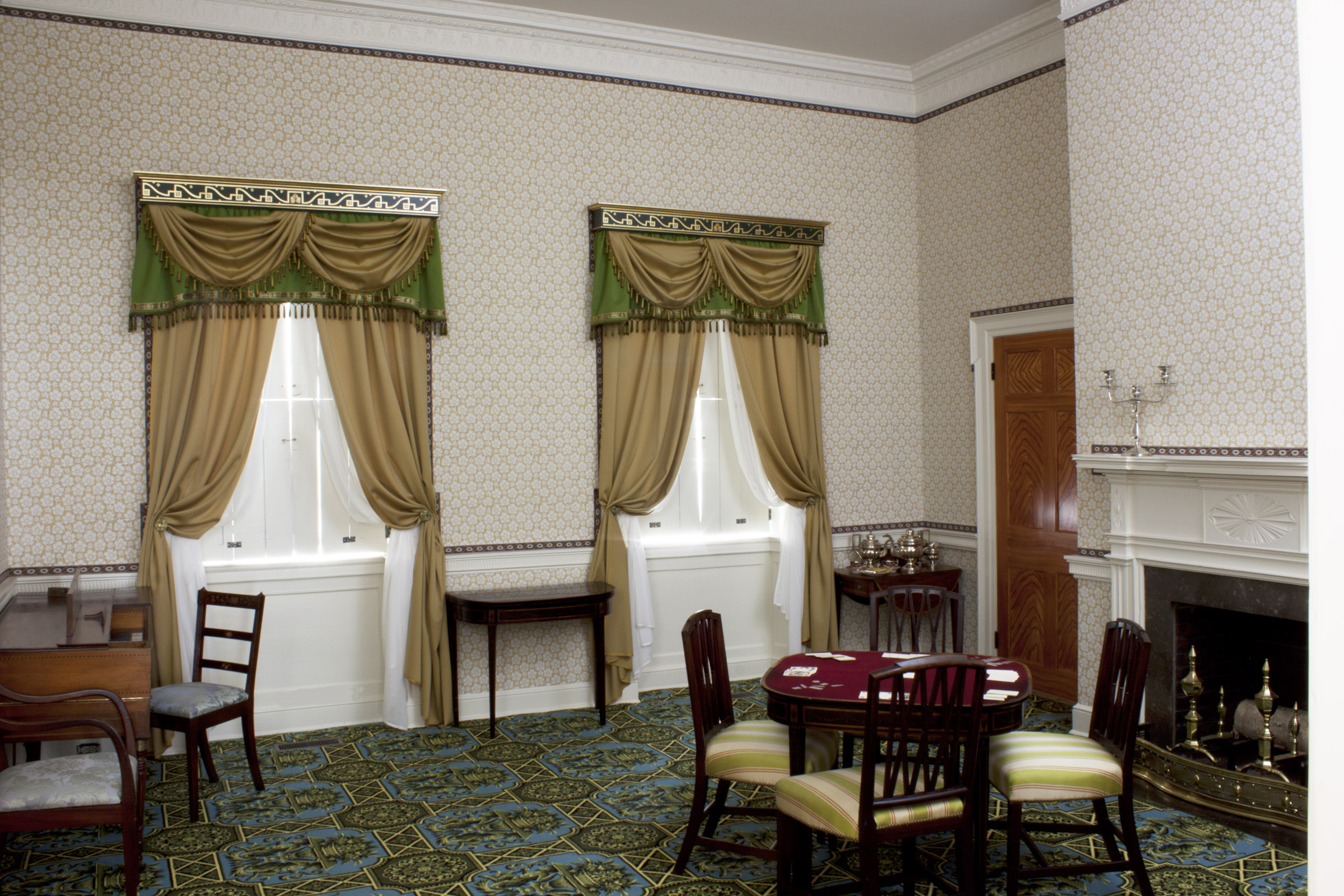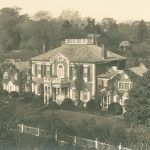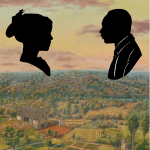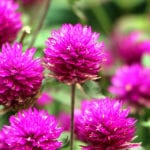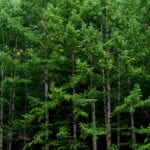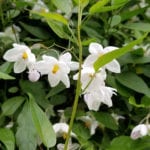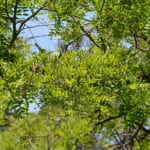Visitors to Dumbarton House return in time to when Joseph Nourse, first Register of the U.S. Treasury, and his wife Maria, made their home here, between 1804 and 1813. The first floor of the home is decorated and furnished to reflect their tastes, and beyond this, the early history of Washington and Georgetown, two of the three towns in the newly established District of Columbia.
To depict life at Dumbarton House in the early 19th century accurately, extensive research was carried out, culminating in a lengthy document, the Dumbarton House Historic Furnishings Plan. This study was prepared by independent scholar Ellen Donald over a five-year period, with contributions from Brian Lang, curator of decorative arts at the Columbia Museum of Art in South Carolina. First, every surviving document relating to the Nourse family was scrutinized, as well as objects known to have a Nourse provenance. The house itself was then thoroughly analyzed, including its plaster, paint, brickwork and nail holes, using the most advanced technology available. When gaps in the picture still remained — and many did — other families of the same social position as the Nourses, who resided in the vicinity of their home during the same period were studied. Probate inventories proved to be valuable in this regard, especially when they contained a room-by-room listing of a home’s furnishings. Newspaper advertisements served as a barometer of what was available for purchase at the time. Together, these sources in the hands of experienced researchers produced a detailed picture of the Nourse family’s life in Dumbarton House.
Returning to the Nourse family, questions such as whether the Nourses bought new furnishings in the prevailing fashion and redecorated their home frequently, or if they entertained frequently can be answered with confidence.
Over the next few months as final editing is completed, the entire Historic Furnishings Plan will be made available online to advance understanding of one family’s life in early 19th century Georgetown. Plans for the second floor are currently under development. As in the past, rotating exhibitions will be mounted there, and in another space, objects and explanatory text will be devoted to The National Society of The Colonial Dames of America and its members as collectors and historic preservationists.”
The historic furnishings plan will be used to guide current and future interpretation of the museum. As a result, research is ongoing and the new information learned will be reflected in the museum.

